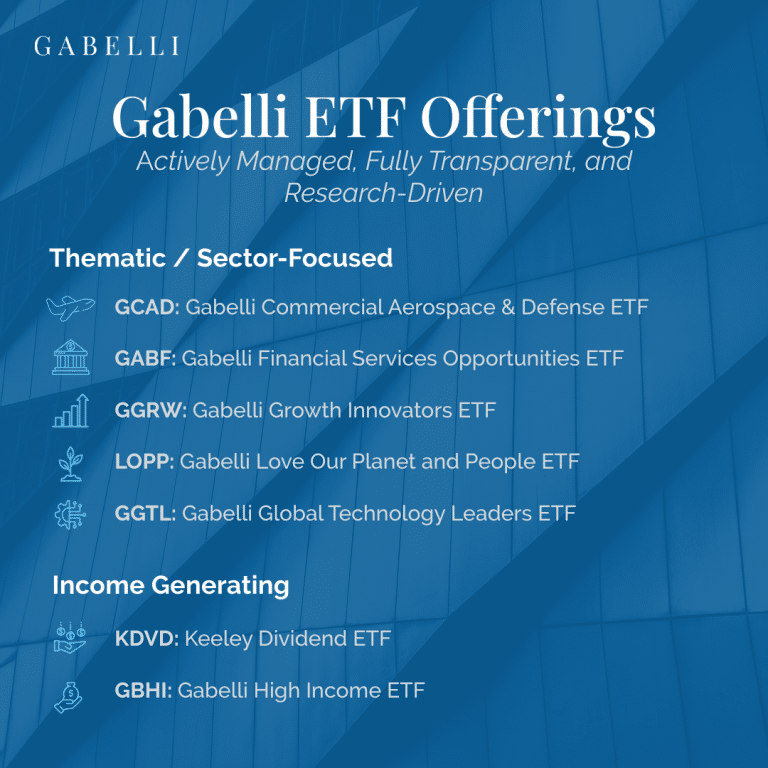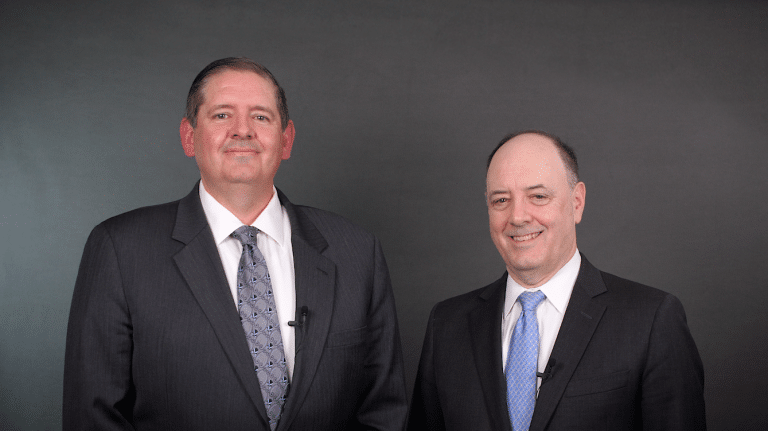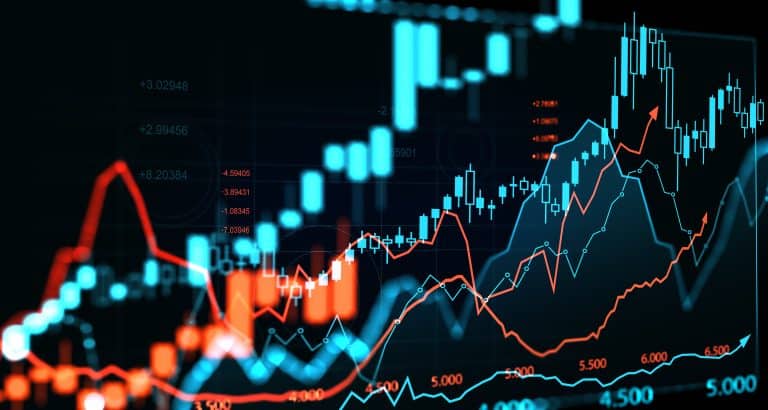U.S. political advertising is anticipated to be at unprecedented levels again in 2024. AdImpact forecasts the upcoming presidential election cycle will be the most expensive of all time, with nearly $10.5 billion in political expenditures across broadcast, cable, radio, satellite, digital, and connected TV (CTV). This would represent almost a 15% increase over the prior record of $9.02 billion set during the 2020 presidential cycle. Record spending is expected due to a highly contested Presidential election, narrow margins in Congress, and tremendous growth in the down-ballot category. There will be fewer competitive statewide races in 2024 than there were in 2022, meaning more investment will be driven into fewer increasingly crucial campaigns. Local TV, which is uniquely positioned for political ads, is still expected to capture roughly 50% share of the total in 2024, or over $5 billion. Strong political dollars next year should help mitigate macro-related core advertising declines impacting both local broadcasters and the market overall.
U.S. Political Advertising Overview
Exhibit 1 U.S. Political Advertising, 2016-2024P

Source: AdImpact 2023-2024 Political Spending Report
The majority of U.S. political advertising occurs in even calendar years corresponding to major elections, with presidential cycles typically generating higher political advertising revenues than midterms. In election years, roughly 30% of total political dollars are spent in the last three weeks before Election Day, which will be held next year on Tuesday, November 5, 2024.
While core advertising is highly volatile during recessionary periods (during the 2008-2009 financial crisis, U.S. advertising saw steep declines of more than 15%) politicians and PACs are generally well-financed. Accordingly, they have not been as significantly impacted by recent macro dynamics and economic uncertainty as most other advertisers. Political continues to be one of the few advertising areas to show growth year-over-year, from roughly $4 billion during the 2018 cycle to almost $10.5 billion projected for the 2024 cycle, per AdImpact.
2024 Election Cycle Outlook & Race Expectations
The presidential race alone will likely see political advertising spending of around $3 billion, depending on how competitive and expensive the GOP primary turns out to be. Senate spending, projected at $2.1 billion, and House spending, projected at $1.7 billion, will be driven by extremely narrow margins in both chambers as both parties contend for control of Congress. Gubernatorial spending is expected at just under $400 million in 2024, a predictable drop-off compared to the 2022 midterms, as there are only 11 gubernatorial offices on the ballot (vs. 36 in 2022). The down-ballot category, which consists of all political spending that is not Presidential, House, Senate, or Gubernatorial, is anticipated to account for nearly one-third of all cycle spending, or almost $3.5 billion.
Spending Across the Map
States hosting competitive Presidential elections in addition to crucial statewide races such as Arizona, Pennsylvania, Michigan, and Nevada are projected to see the highest levels of spending this cycle. However, California is likely to see the most political ad dollars in 2024, with spending driven by ballot propositions as well as both House and Senate races in the state. New York is another densely populated state with substantial down-ballot money as well as the second-highest number of competitive House races in the country. Ohio, Florida, and Texas are some other states that could exceed current projections depending on how competitive their Senate and Presidential elections shape up to be.
Exhibit 2 Projected 2024 Political Advertising Spend by State

Source: AdImpact’s 2023-2024 Political Spending Projections Report
Drivers of Record 2024 Political Ads Forecasts
2024 Presidential & Other Crucial Elections: In the U.S., presidential and most gubernatorial (48 states) elections occur every four years, while all 435 House of Representatives seats and one-third of the 100 total Senate seats (typically 33 or 34) are renewed every two years. So in addition to the 2024 presidential race, which is generating high levels of support from PACs, there are several competitive Congressional races across the country. In 2024, 33 U.S. Senate seats will be contested in regular re-elections in addition to two special elections to complete unexpired terms. There will also be 11 gubernatorial elections held next year.
Unique Race Footprint in 2024: In addition, what makes the upcoming 2024 cycle unique is that these competitive statewide and House elections almost entirely overlap with presidential swing states, meaning the effects of political advertising will be increasingly important in certain parts of the country.
Increasing Importance of Competitive Races: The 2024 cycle will have significantly fewer competitive statewide races than 2022, making those that are competitive even more important. Meaningful political ad dollars will be concentrated in fewer, and fiercer, statewide races for Senate, U.S. House, Governor, and other state/local races. This is expected to lead to unprecedented amounts of political ad dollars in several record-setting campaigns.
Rapid Growth in Downballot Spending: This category has seen strong growth over the last two cycles, increasing nearly 50% from 2020 to 2022. The growth reflects ballot initiatives and increased spending in state legislative races. In 2024, California is projected to receive the largest portion of this money due to its ballot propositions, and states with closely contested state legislatures should also benefit. Abortion-related ballot measures appear to be a large driver of political spending this cycle.
Who Benefits from Record 2024 Political?
Local TV stations are uniquely positioned for political advertising given the regional nature of their signals. While digital continues to take share of the total U.S. advertising market, local TV still captures the lion’s share of total political ad spending. AdImpact forecasts broadcast TV will receive $5.1 billion, or ~50%, of total political ad dollars, followed by cable TV at $2.1 billion, CTV at $1.3 billion, digital at $1.2 billion, and radio at $0.4 billion.
Exhibit 3 Projected Political Spend by Channel & Race Type, 2024P

Source: AdImpact’s 2023-2024 Political Spending Projections Report
Political ads aired on TV and radio are regulated by the FCC, and regulations stipulate that, in the 45 days before a primary and 60 days before a general election, broadcasters must offer qualified candidates an equal amount of advertising time at the ‘lowest unit rate’ for that spot. However, super PACs and issue ads are not subject to these lowest unit charges and generally command the highest rates, which drives up the price of ad inventory. Unlike broadcast TV, the digital channel is not regulated by the FCC and has had trouble managing political content. Amid public scrutiny and pressure to better monitor political messaging on their platforms, many of the major digital ad players (e.g., Google and Meta) have chosen to limit political ads.
Pure-Play Broadcasters to Benefit Most
Given the low variable costs of station ownership, political ad dollars generally fall to a broadcaster’s bottom line and can generate roughly 10-15% growth in advertising revenue over a non-political year. Competitive races typically generate the most political ad revenue. Accordingly, TV stations reaching markets with crucial races should outperform. In our view, pure-play broadcasters such as Nexstar, Gray Television, and TEGNA are best positioned to benefit from a robust 2024 cycle, as high-margin political dollars will account for a larger portion of total revenue.
Conclusion
In contrast to core advertising, which has experienced weakness amid macro uncertainty and a more challenging economic backdrop, political ad dollars are expected at unprecedented levels again during the 2024 election cycle. Local TV should be the primary beneficiary, and given low variable costs, political ad dollars generally fall to a pure-play broadcaster’s bottom line.
Subscribe to our newsletter for additional insights
IMPORTANT DISCLOSURES







